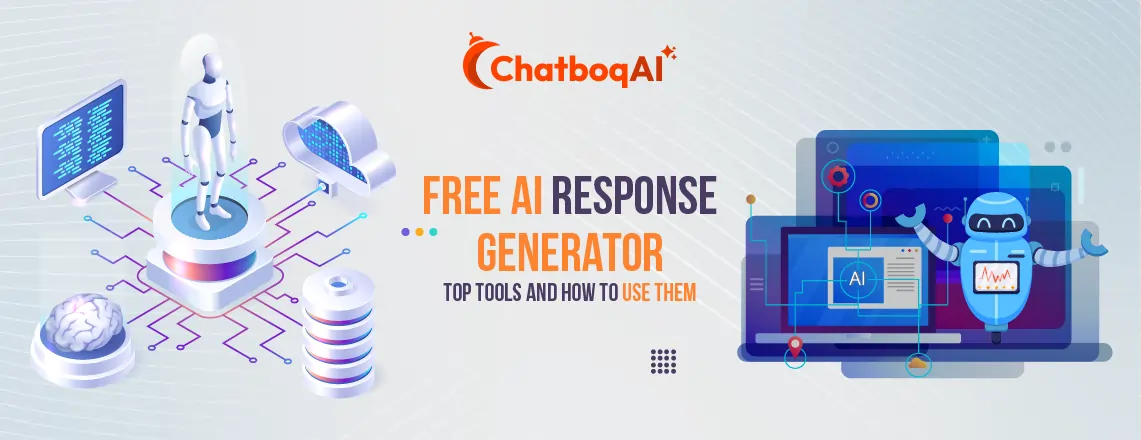
Free AI Response Generator: Top Tools and How to Use Them
We are living in the fourth industrial revolution, where every technology has evolved to most of its potential. Nonetheless, Artificial intelligence is one of these creations that this revolution has brought. It has radically transformed the way we work, live, and communicate globally. The AI response generator is one of the most influential parts of AI technologies. These are the systems that can craft human-like responses to queries, emails, and chats in real-time.
📑 Table of Contents
- Free AI Response Generator: Top Tools and How to Use Them
- Key highlights
- What is an AI Response Generator?
- How AI Response Generators Work
- What are the key Features of AI Response Generators?
- Benefits of using AI response generators
- Top AI Response Generators in 2025
- How to choose the Right AI response generator?
- Future trends: where AI response Generators are headed
- Conclusion
- Frequently Asked Questions (FAQs)
Many are using the special feature of ChatGPT to do various research, or rely on Zendesk bots to get customer support, or let Gmail do auto-suggest your email reply; you’ve already interacted with an AI response generator. The change we get from the old times to modern today is that these tools are faster, wiser, and more customizable than ever.
Businesses are very eager to put these customer support bots to grow their business. They are under pressure to deliver full-time support and drown in digital communication, while also enhancing their wide range of customer service. These AI response generators help them by automating conversations without making them feel robotic. These remarkable feats help businesses elevate customer experiences, making them essential in industries such as customer service, healthcare, education, and software development.
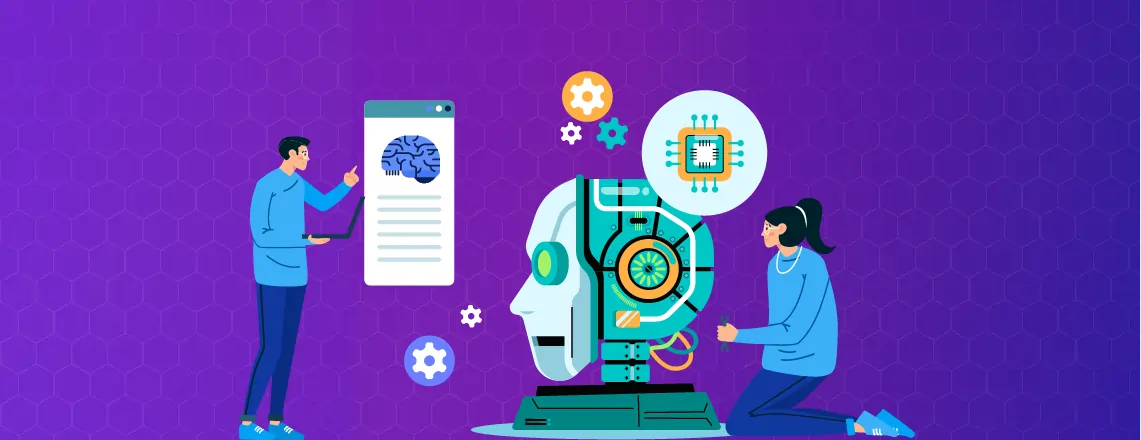
Today’s AI response generators are powered by large language models(LLMs). These systems understand and adjust tone, recall context, and even integrate with company databases to provide brand-specific, knowledge-backed answers.
This guide will help you find which AI response generator is right for you, how they work, real-world benefits across industries, different AI response generators, how to pick the best tool for your needs, and the future trends that will shape how we use AI responses.
Key highlights
| AI response generators craft human-like replies Powered by NLP, LLMs, and deep learning Boost customer support with personalization Scalable, cost-effective, and multi-channel integration Future trends: autonomous, multimodal, ethical AI |
What is an AI Response Generator?
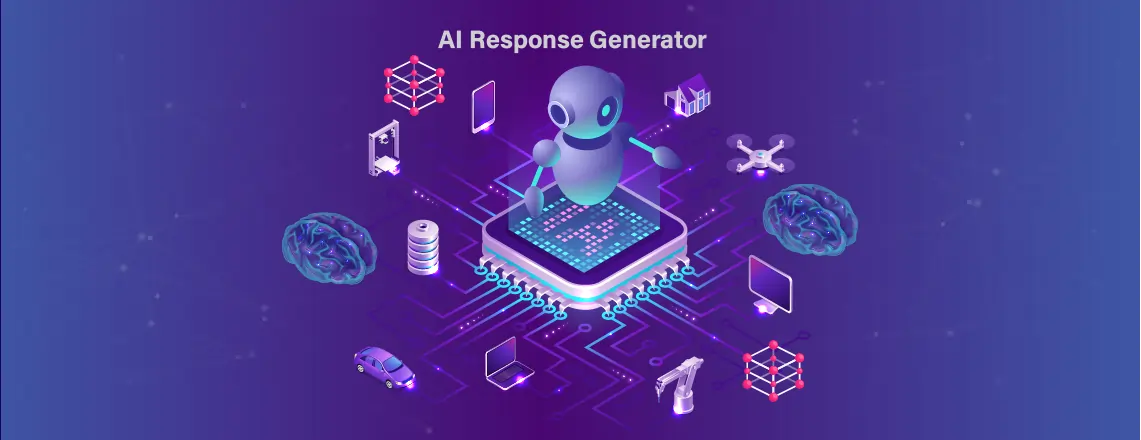
An AI response generator is an application system that utilizes artificial intelligence, specifically natural language processing(NLP), to produce human-like answers to text inputs. These tools enable us to understand language patterns and interpret context. Models like AI response generators are trained on billions of data points or text, which enable them to understand the complex inputs, interpret intent, and generate text based on the context of the inputs. AI response generators are made with technologies like Deep learning, LLMs, Machine learning, NLP, etc. With these technologies, it can do the following tasks:
- Understand the context and intent of the keywords.
- Memorize the conversion history for future chats.
- Provide real-time, multichannel response on different communication media like email, chats, social media, etc.
- Maintain tone, style, and formality to align with and voice.
- Depends on the knowledge bases of the company and external data for providing accurate results.
Acknowledge nuances: They match keywords and also interpret context, tone, and intent.
How AI Response Generators Work
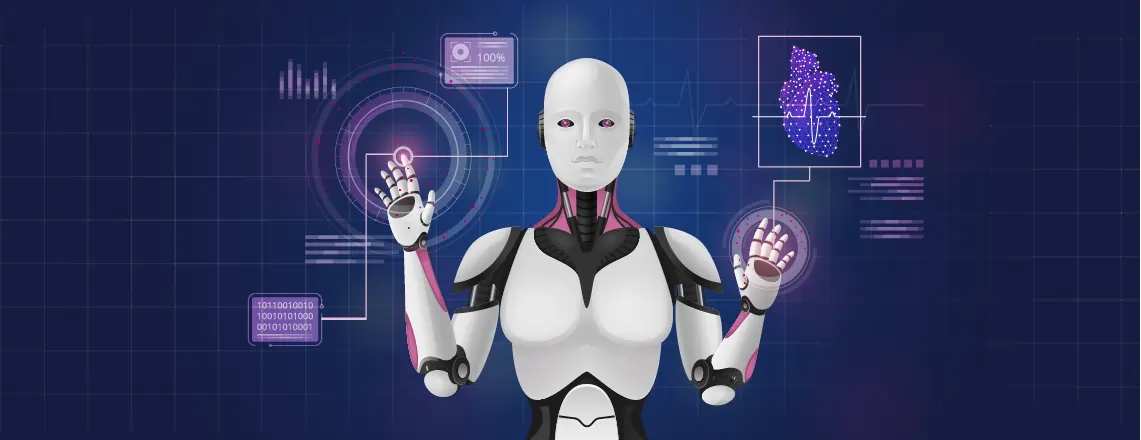
AI response generators consist of core technologies like machine learning, NLP, NLG, NLU, etc. The use of these technologies provides insights into why they are flexible and powerful.
Natural Language Processing (NLP)
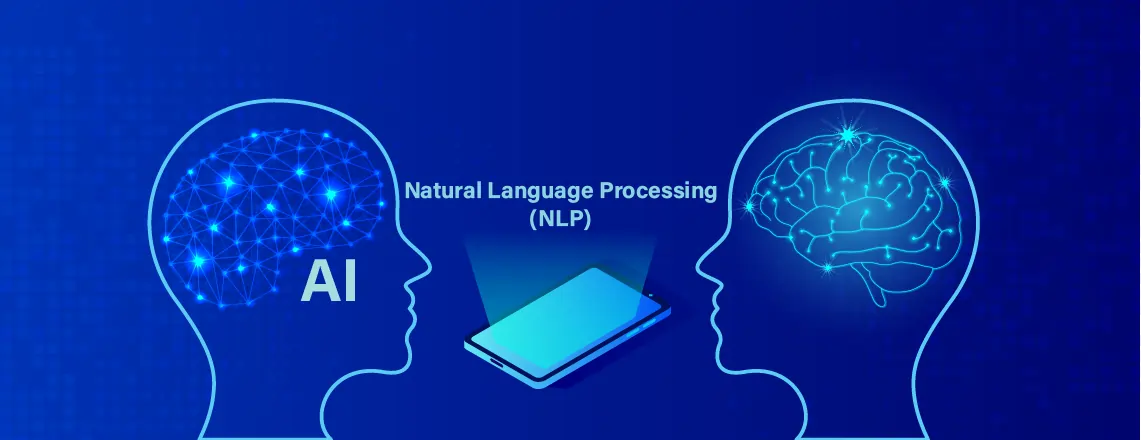
NLP helps the AI to understand the structure and meaning of the human language. Natural language processing includes natural language understanding (NLU) and Natural language generation (NLG), which make it more reliable in processing the input text, finding the context, and providing the outputs. NLP integrates the user inputs into major parts like intent, entities, sentiment, context, etc. NLU understands the sense of the text, and NLG generates the response based on context and intent.
Machine Learning and data training
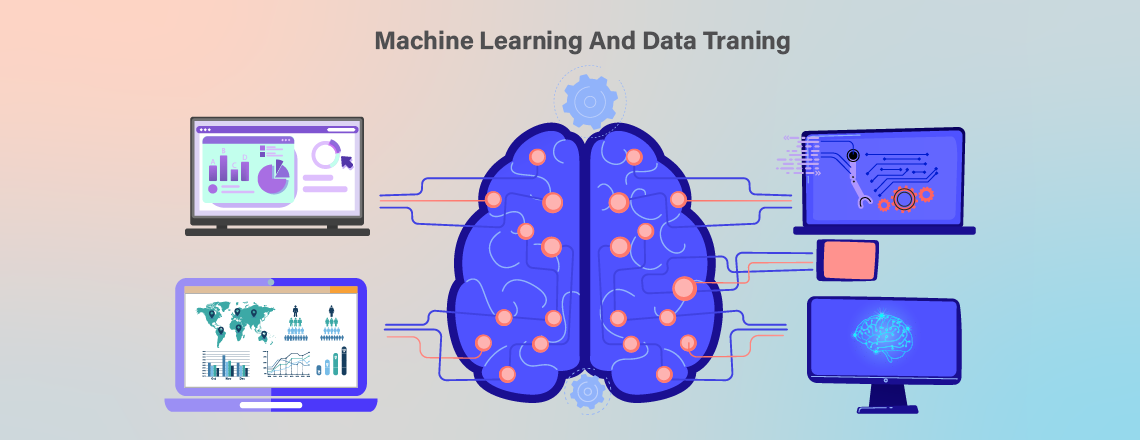
Billions of data sets are trained to provide efficient responses on AI response generators. These data sets include knowledge from the internet, company documents, FAQs, customer history and interactions, and rules. Machine learning analyzes the patterns and generates accurate data, and also adapts to new data faster. Continuous training and a loop for feedback help the AI response generator to improve its custom interaction.
Personalization and Sentiment Analysis
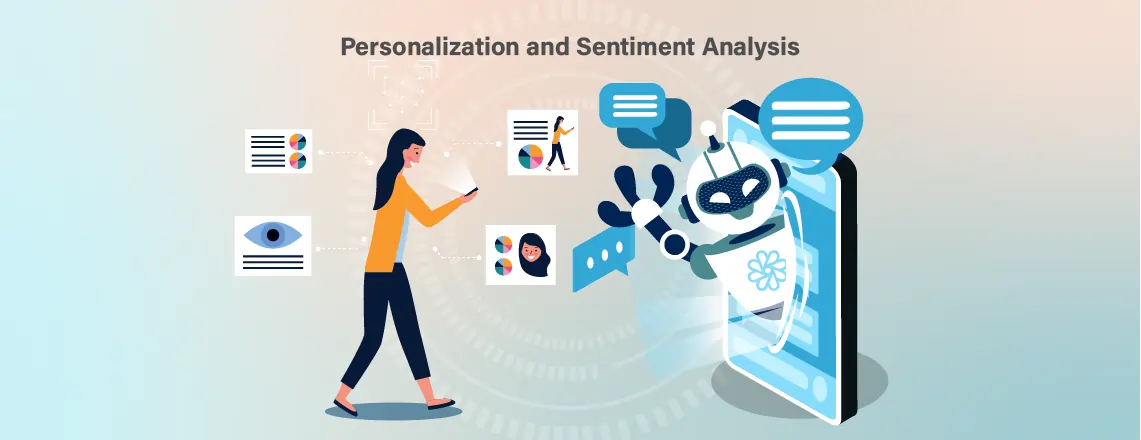
Sentiment Analysis allows AI to predict customer behavior and mood, which allows it to align the tone of the response. Sentiment analysis and personalization help to make responses empathetic and reliable. AI response generators learn and adapt the style, tone, and match with the brand voice. It increases the authenticity of data, consistent communication, etc.
Retrieval Augmented Generation (RAG)
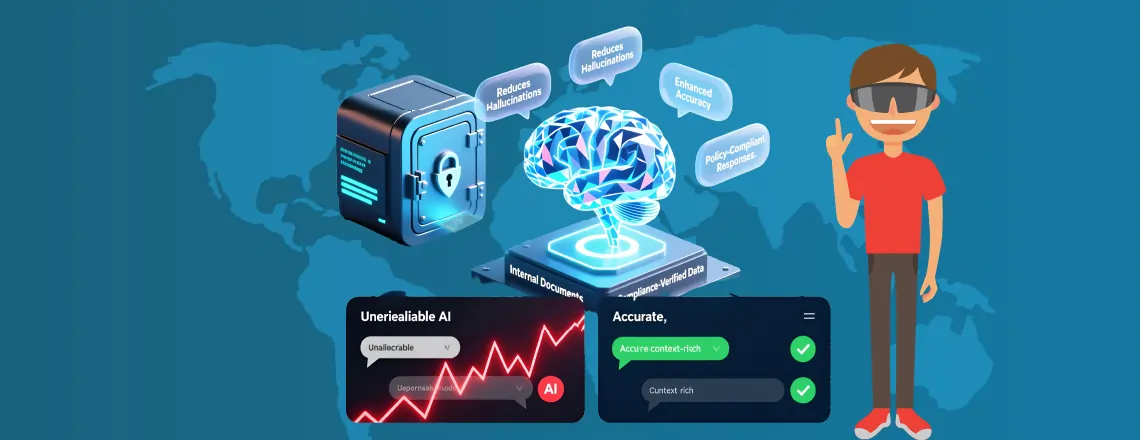
RAG is the most recent innovation, and it uses the generative ability with the company documents or information to provide reliable and consistent data to the customer. RAG reduces the hallucination and enhances the accuracy of answers. The system of AI response generators retrieves data from the knowledge base and provides these documents to the model as context, so no issue with the policies of businesses.
Multi-Channel Integration
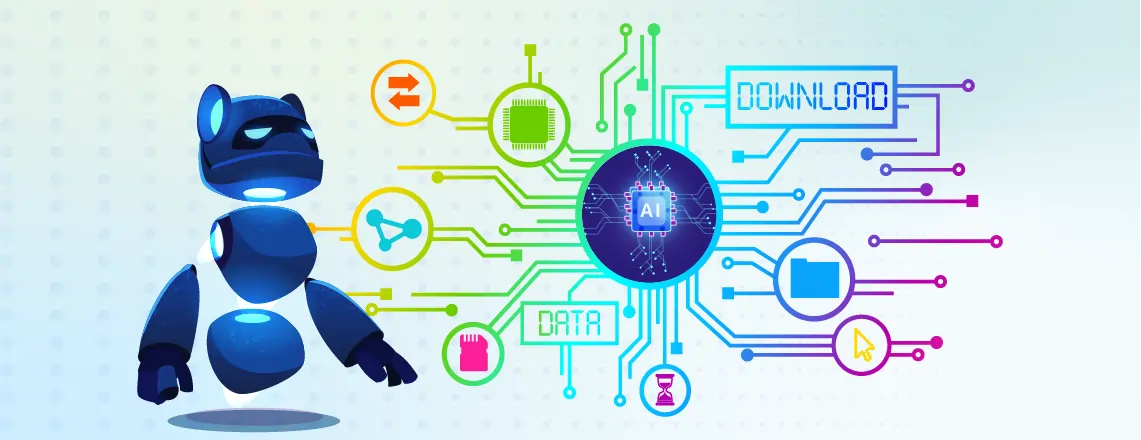
AI response generators can easily integrate with various communication channels and business websites like CRM, e-commerce, email, social media, live chat providers, etc. With the use of APIs and plugins, integration is easier and supports a unified customer experience across various platforms.
What are the key Features of AI Response Generators?
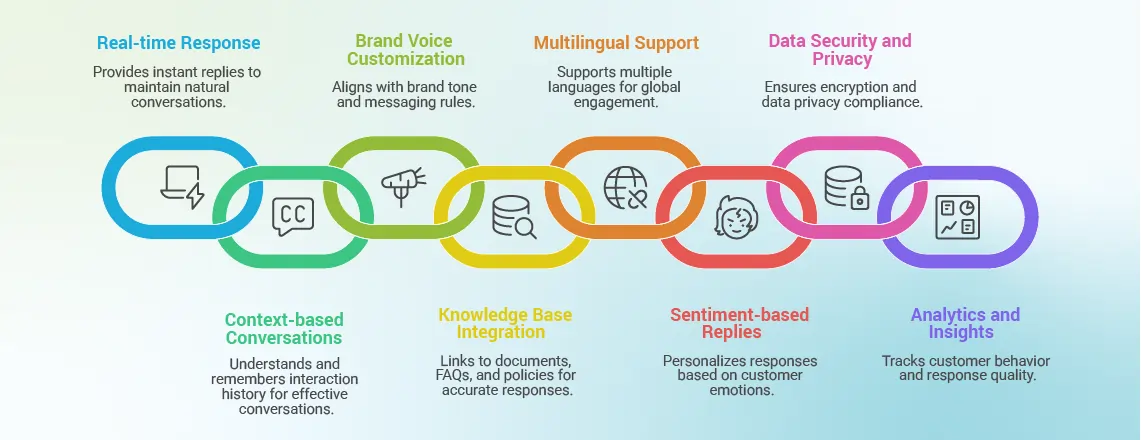
AI response generators need to select only by evaluating their features to maximize the efficiency of the business:
Some key features of AI response generators are listed below:
- Real-time response: Providing a fast response to the input text of users to maintain a natural conversation style. With instant replies, no clients have to wait for the answers.
- Context-based conversations: Able to understand and remember the history of interaction for effective conversations with users.
- Customization of brand voice: AI response generators align with the tone of the brand and messaging rules for answers.
- Integration with knowledge base: Linked the documents, FAQs, products, and policies to make an accurate response.
- Support multilingual: It supports multiple languages, so it is global and engages with customers from different locations.
- Sentiment-based replies: AI response generators personalized the response based on the emotion and mood of the customer.
- Data security and privacy: It follows the rules of HIPAA and GDPR for ensuring encryption and data privacy.
- Analytics and Insights: The AI response generator has a dashboard that tracks customer behavior, response quality, time, engagement rates, and volume.
Benefits of using AI response generators
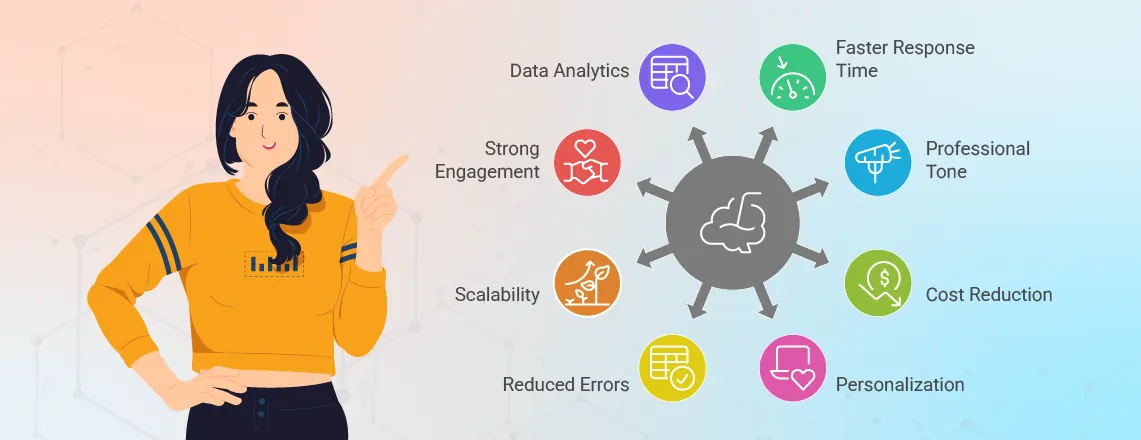
The AI response generators have more advantages and benefits for businesses. Some of the benefits are listed below:
1. Faster response time:

AI response generator eliminates delays by providing quick replies, significantly improving customer satisfaction and reducing frustration.
2. Professional and consistent tone:
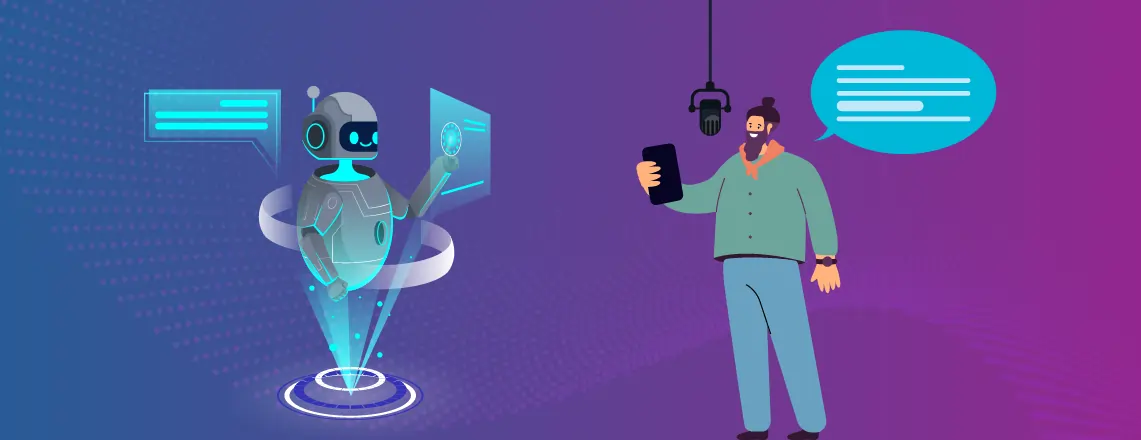
Enable brand consistency across various responses and agents, which reduces the variations and maintains professionalism.
3. Cost reduction:

With the use of AI response generators, a large amount of manpower is not needed for the business, and it minimizes the cost.
4. Personalization:

Personalized messages based on customer preferences and chat history provide a better response.
5. Reduced errors and improved accuracy:
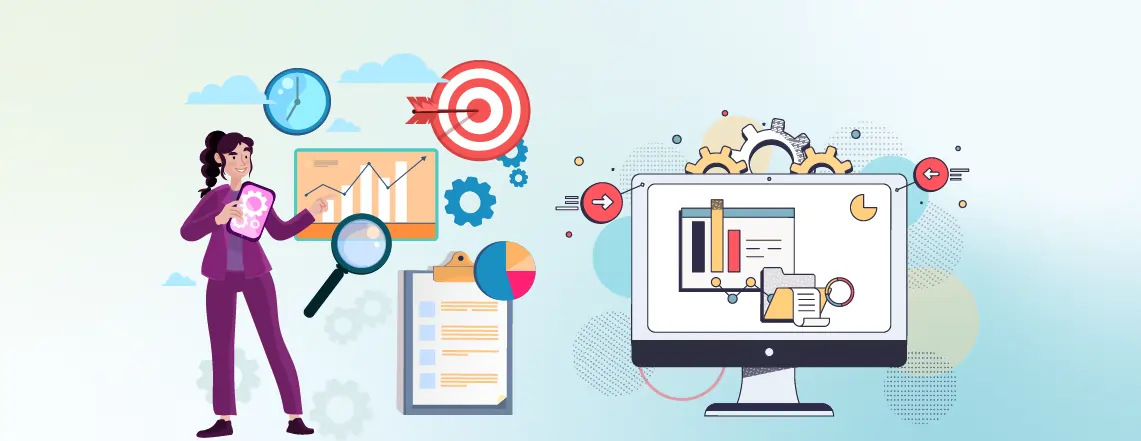
Using company data as a knowledge base helps to reduce errors and misinformation risk.
6. Scalability:

With the growth of business, AI response generators also scale with growth and provide support instantly. It does not need human agents to scale.
7. Strong customer engagement and loyalty:

Customers feel valued with the prompt, thoughtful response and personalized messages, which increase the brand’s reputation and customer loyalty.
8. Data-based analytics:

Customer sentiment, trending issues, and service gaps are analyzed by the AI generators to make various analytics and reports.
Top AI Response Generators in 2025
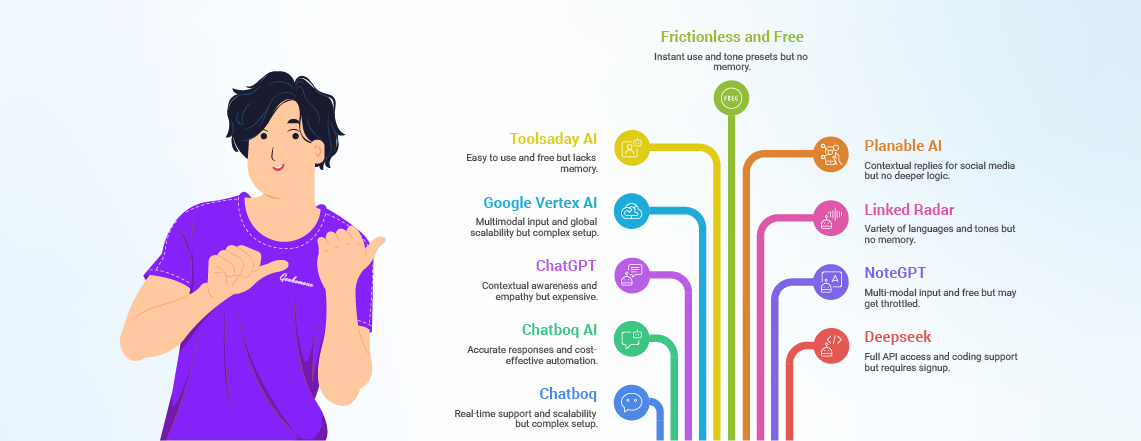
Here are some top AI response generators in 2025 with their strength and weaknesses:
1. Chatboq:
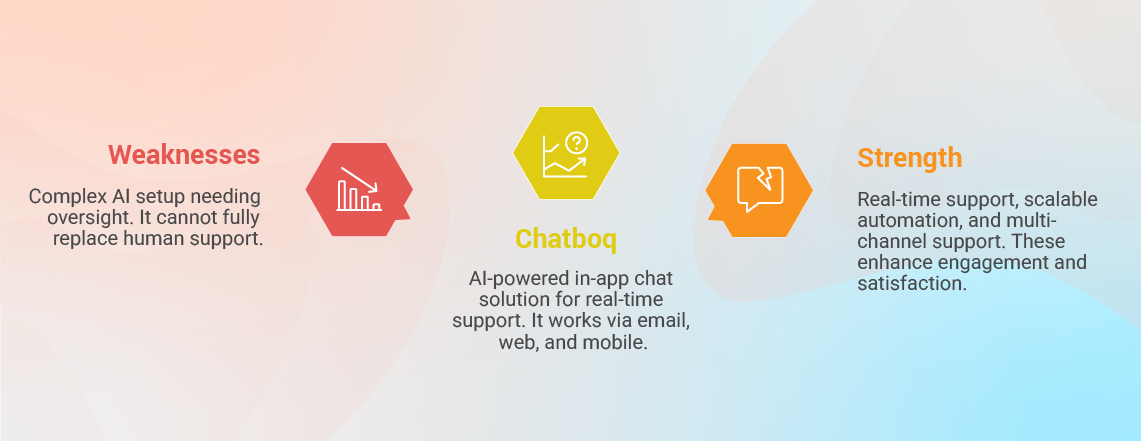
Chatboq is an in-app chat solution powered by AI that combines automation with Human-in-the-Loop (HITL) technology to answer complex questions in real-time. By enabling companies to increase retention, decrease churn, and monitor vital statistics, it functions via email, the web, and mobile devices.
Strengths:
- Real-time im-app support improves engagement.
- Scalable automation reduces workload.
- Multi-channel support enhances satisfaction.
Weaknesses:
- A complex AI setup may need oversight.
- Cannot fully replace human support.
2. Chatboq AI:
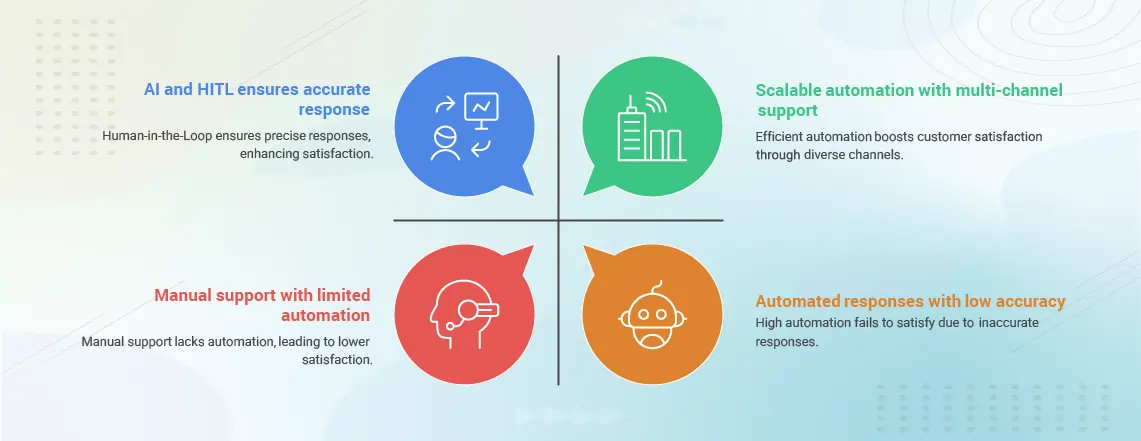
ChatboqAI is a sophisticated in-app chat tool that utilizes AI to deliver real-time, contextual support. It effectively manages common requests by combining automation with Human-in-the-Loop (HITL) and raising complex ones. Problems, assisting companies in improving retention, lowering attrition, and monitoring data throughout their mobile and web applications.
Strength:
- Scalable automation reduces support costs.
- AI and HITL ensure an accurate response.
- Multi-channel support enhances satisfaction.
3. ChatGPT:
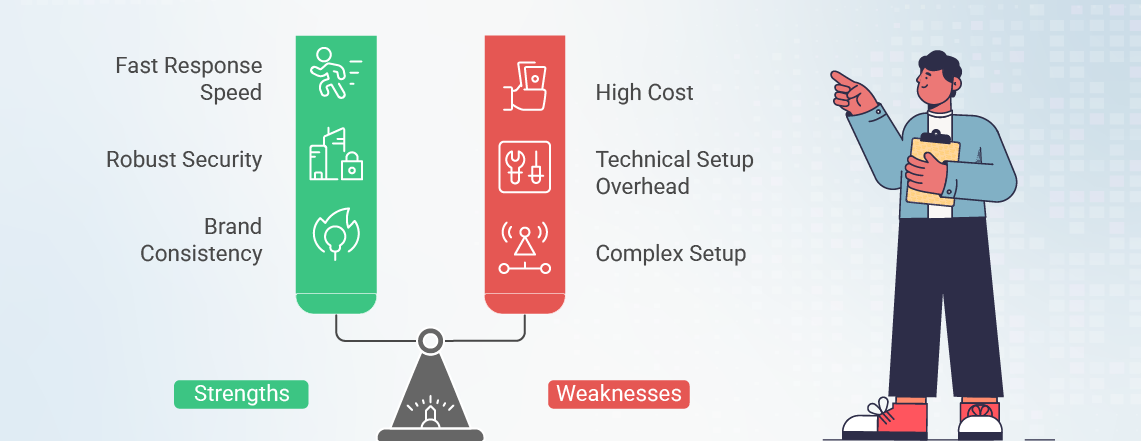
While ChatGPT Agent has revolutionized automated responses with its unprecedented comprehension and contextual awareness, some remain wary of machines interfacing directly with customers. With enhanced conversational modeling and nuanced language generation, this AI aims to address such concerns by demonstrating sensitivity, empathy, and care in all interactions. Through adaptive long-term memory networks and its innovative retrieval methodologies, ChatGPT Agent can craft individualized, compassionate responses attuned to the specific needs and experiences of each unique situation.
Strengths:
- Fast Response with robust enterprise security.
- Tone presets and brand consistency.
- Powerful retrieval integration from proprietary databases.
Weakness:
- Expensive to use($20/user/month)
- Cussetup may require technical overhead
4. Google Vertex AI conversation
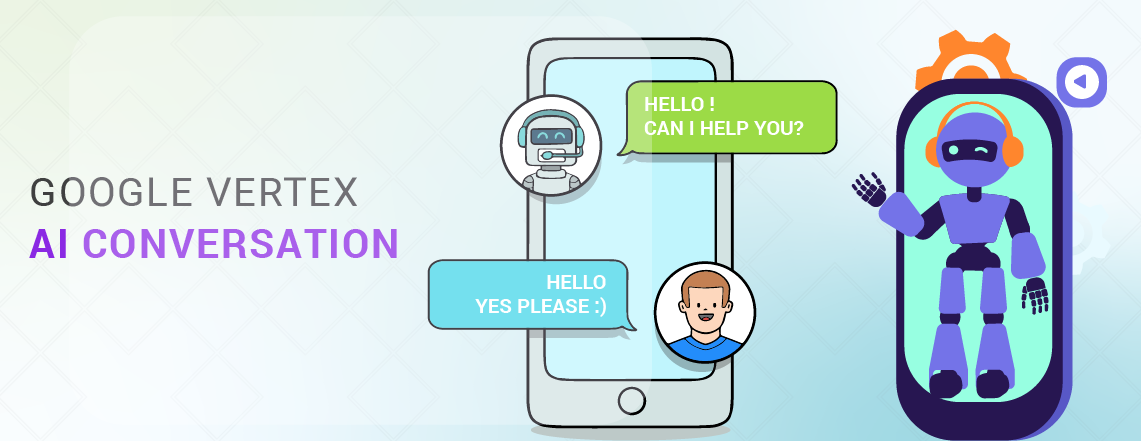
Let it integrate with Google Cloud for multimodal input, utilize robust analytics, and scale across multiple regions. Make it work well for interactions with global brands.
Strengths:
- Speak in multiple languages and train the model as you desire. All parts, from making to watching, work here.
Weaknesses:
- Setting up a complex system requires smart people. Pay each time you use it, so costs can be random.
Best Fit Uses:
- Bots that help customers talk with voice or write and send pictures. Chat apps that specialize in specific fields.
5. Toolsaday AI response generator
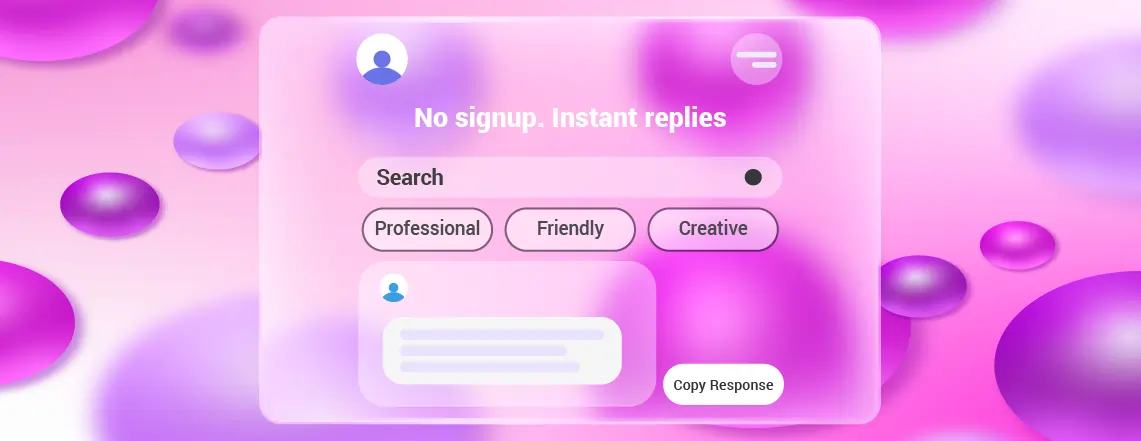
Sleek AI response generator online, no signup friction. Free from the App Store with in-app purchases—are they worth it?
Strengths:
- Requires no login.
- Easy-to-use interface with tone presets.
Quick and free to an extent.
Weaknesses:
- No memory of or history in conversation
- Lack of options for API integration
Best For:
- Marketing copy or emails are written quickly.
- On-the-fly short social media posts.
6. Frictionless and free
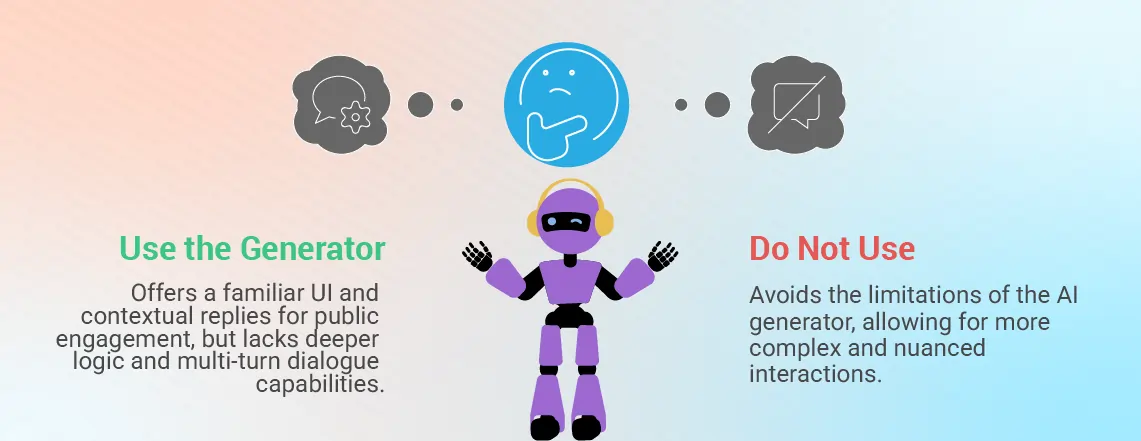
Think, do quick drafts, and generate ideas with a slick online AI response generator without even signing up. Control tone in just one click.
Strengths:
- Instant use with no login required.
- Super easy to use with readily available tone presets.
- Quick and free for simple tasks.
Weaknesses:
- No memory or conversation history over the long term.
- No integration with any APIs.
7. Planable AI reply generator
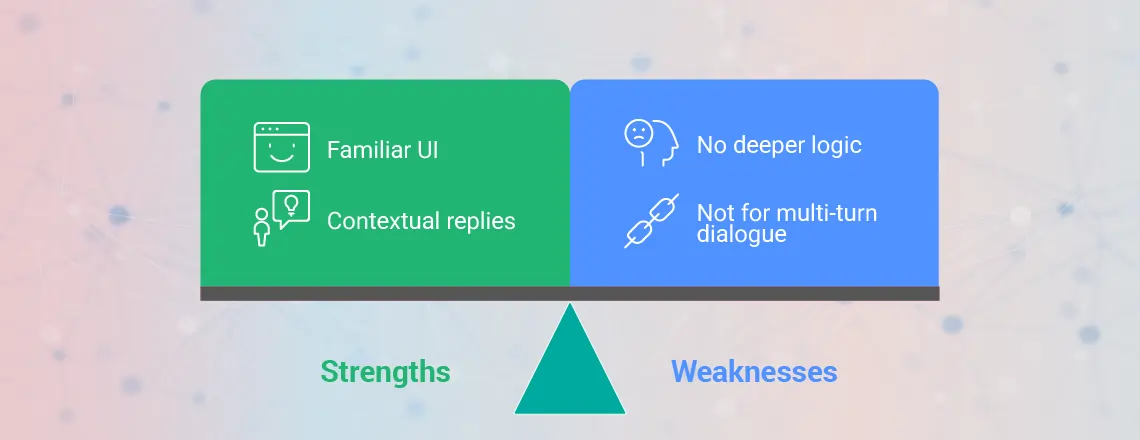
This is a free AI response generator, but a sign-up is required for commenting, reviewing, and replying to messages. Rich tone options and context awareness streamline social workflows.
Strengths:
- Familiar UI, no signup needed.
- Contextual replies designed for public engagement.
Weaknesses:
- No deeper logic.
- Not made for multi-turn dialogue.
8. Linked radar
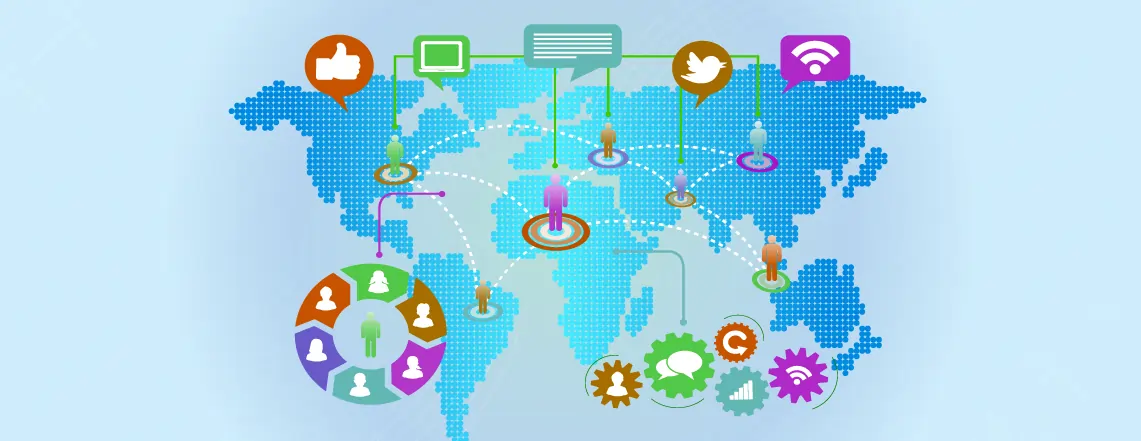
A freely available online language response generator supports dozens of languages and offers tone presets, including formal, friendly, or empathetic styles with cultural diversity.
Strengths:
- No registration required.
- A great variety of languages, along with adjustable ‘vibes’.
Weaknesses:
- No memory between replies and no context for single replies.
- Does not offer any APIs or export functionalities.
9. NoteGPT
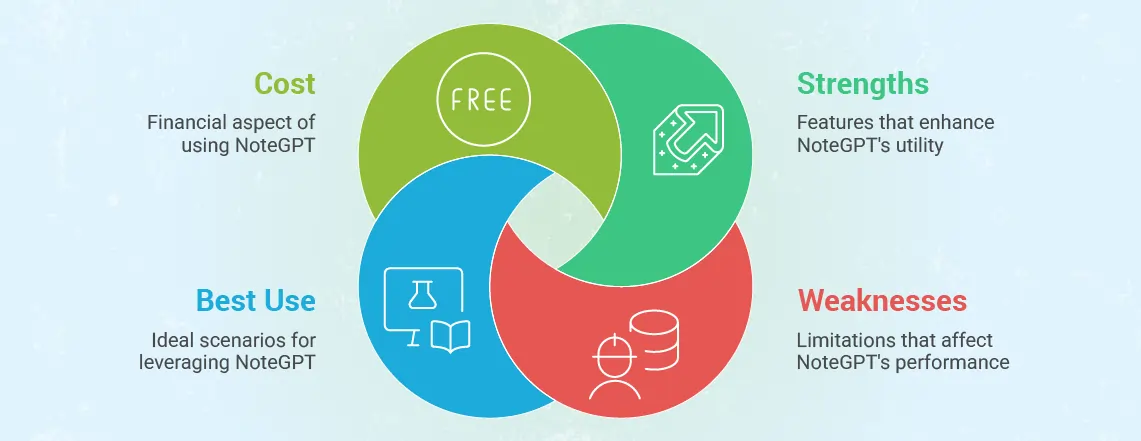
A multi-modal AI response generator that takes images and text, making it useful for homework help, interview preparation, or summarizing source material.
Strengths:
- Upload PDFs, screenshots, diagrams, or photos.
- Provides step-by-step explanations and breakdown.
- No sign-up for baseline access.
Weaknesses:
- May get throttled under loading.
- No API support for automation.
Best Use:
- Summarize lecture notes or even research papers.
- Create responses using info from uploaded files.
Cost:
- Completely free.
10. Deepseek
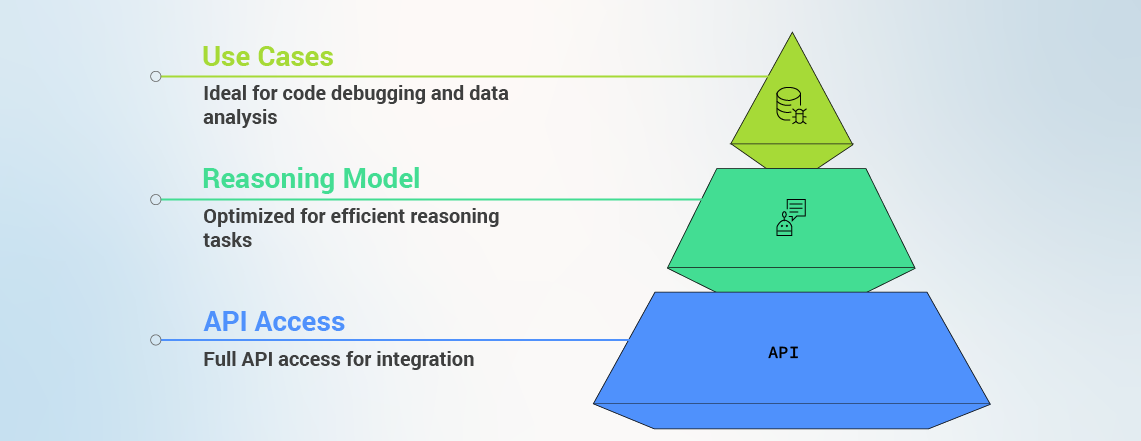
The dedicated response AI presented in this paper is freely available and provides comprehensive reasoning and programming support, along with API access at a very low cost, averaging approximately $0.55 per million tokens. This makes it an excellent recommendation for deploying intelligent conversational chatbot systems.
Strengths:
- API Full
- Coding and querying data
- Optimized reasoning model
Weaknesses:
- Signup required
- No user-facing tone with chat presets
Best Use Cases:
- Code debugging or snippet generation.
- Analytical Q&A bots pulling from internal data.
How to choose the Right AI response generator?
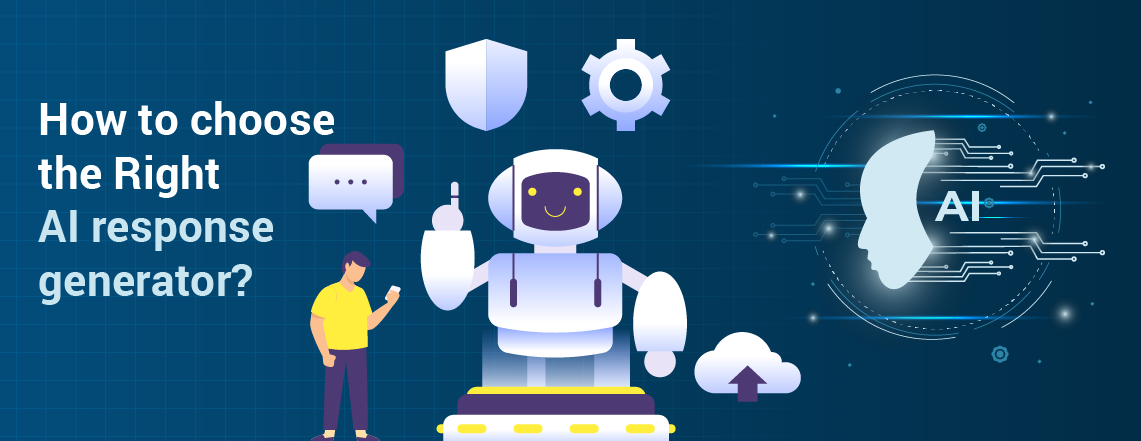
Let accuracy and reliability be the determinants of choice. Ensure that the tool understands the context and nuances of your question, and verify that it provides the correct answer in various scenarios. The systems should have been trained on large datasets if possible, accompanied by strong NLP capabilities. Another way to verify reliability is through reviews, case studies, or vendor performance scores.
Customizability is just as important. A great tool must allow you to tweak answers so that they sound like your brand can fit into the way you work now and improve by learning from your own data. This ensures the AI aligns with your unique business setting and customer interactions.
Costs must also be weighed carefully. Consider initial costs, subscription fees, and potential ROI; sometimes, a higher upfront investment delivers long-term savings through better performance.
Finally, consider scalability. The right tool should handle growing interaction volumes, advanced features, and global operations with multilingual capabilities.
By balancing these factors, businesses can select an AI response generator that boosts efficiency, enhances customer service, and supports long-term growth.
Future trends: where AI response Generators are headed
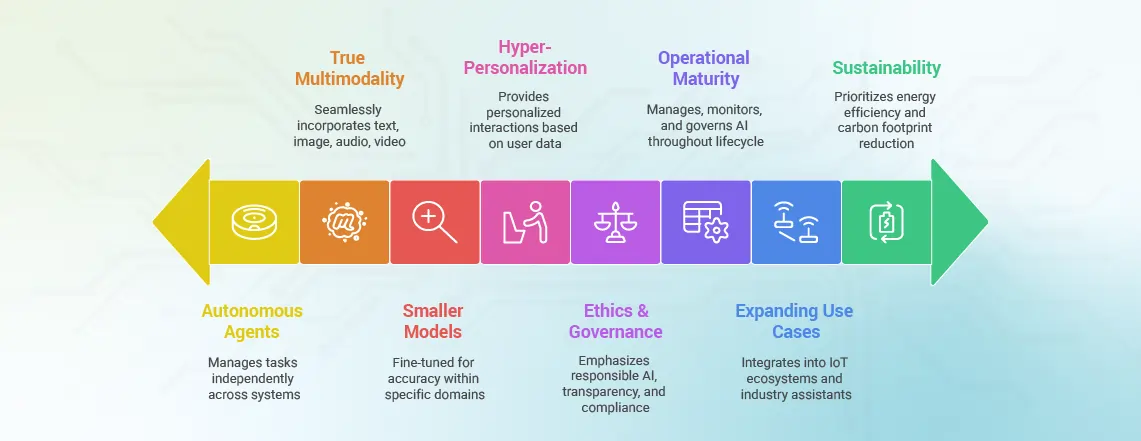
AI response generators are evolving at breakneck speed, and the next five years will be no different. From autonomous agents to embedding them in virtual worlds, the following are the five major trends that will shape their future.
1. Autonomous, Agentic AI
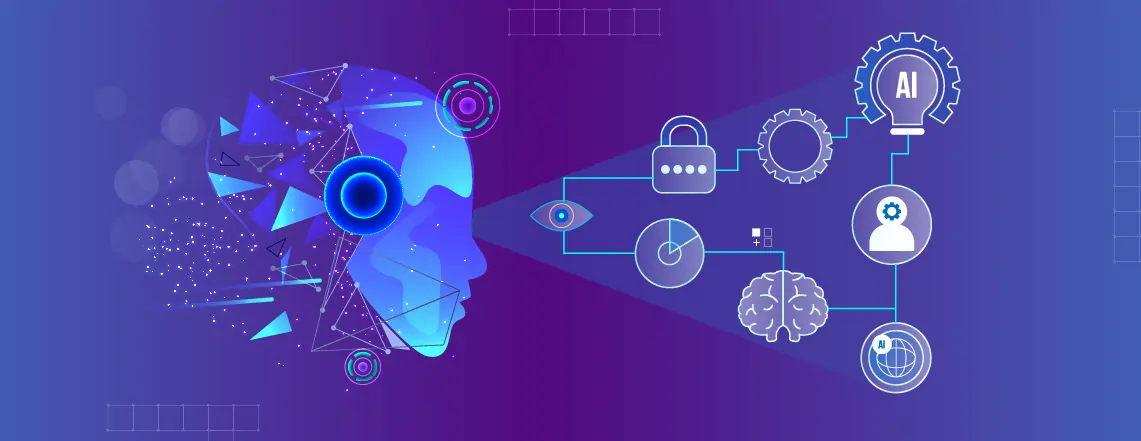
By 2030, AI systems will cease to maintain the illusion of autonomy; they will have succeeded in becoming fully functioning independent digital agents. With no need for human intervention, these agents will dynamically manage multi-step tasks, interacting across systems in real-time. Increasingly, businesses will leverage them in customer service, sales automation, and workflow management.
2. True Multimodality
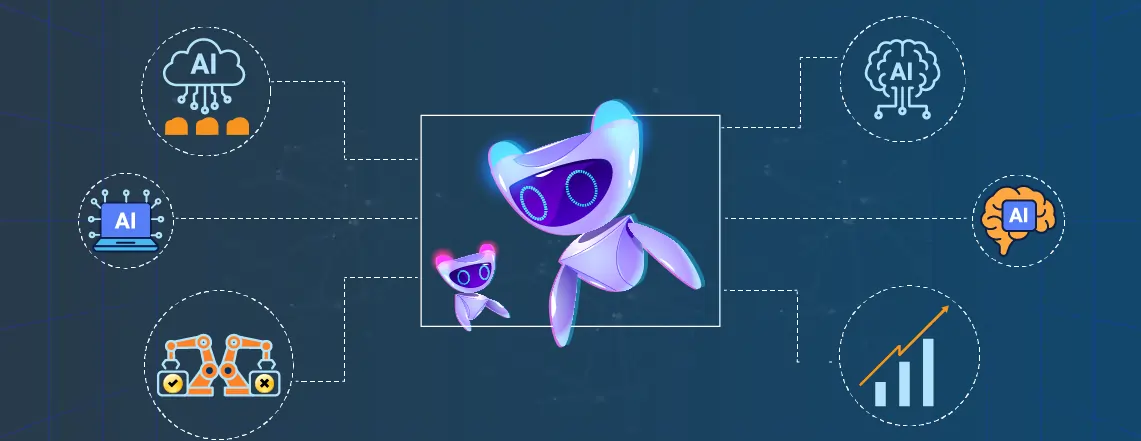
The response generators of tomorrow will seamlessly incorporate text, image, audio, and video within the same conversation. Imagine a customer inquiring about a specific aspect of a product, and the AI responds instantly with a video demo, an audio explanation, and a concise text summary, all perfectly aligned in context. Such multimodality will underpin richer experiences in commerce, education, and entertainment.
3. Smaller, Specialized Models
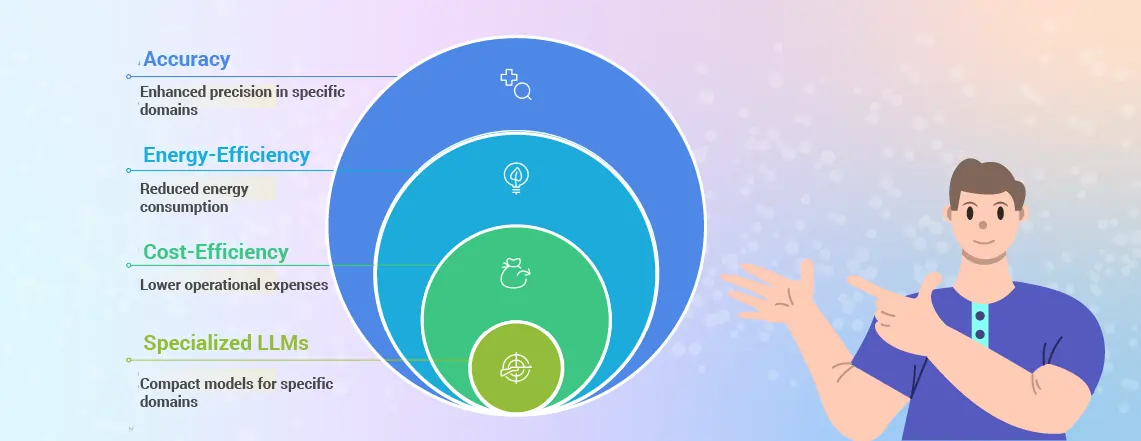
The trend is now evident: the shift away from large, general-purpose LLMs toward smaller, domain-specific ones. These compact systems are more cost-effective and energy-efficient. They can be fine-tuned to increase accuracy within specific domains, such as healthcare, law, or finance, thereby achieving higher accuracy at a lower cost.
4. Hyper-Personalization
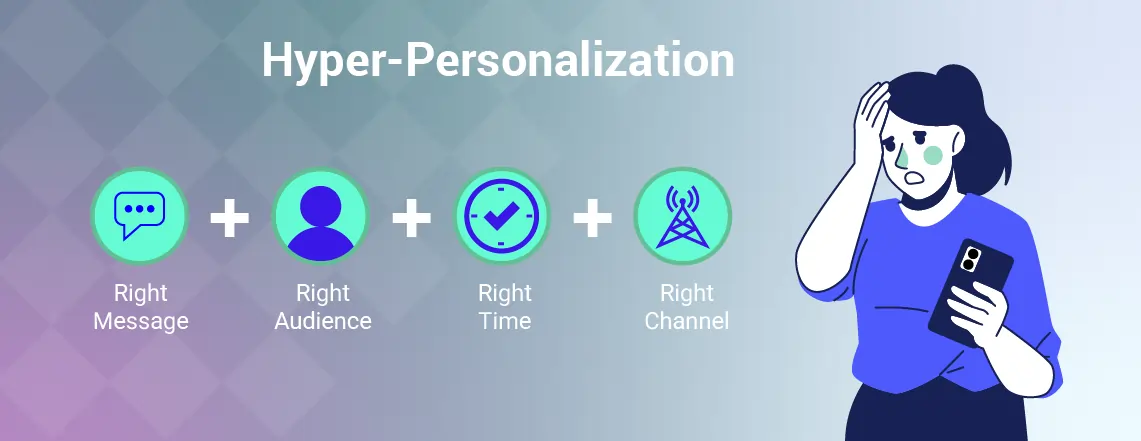
Response generators will aim to provide deeply personalized interactions based on user history and preferences within the proper cultural context, as well as the emotional state of the other. This is likely to transform customer engagement in real-time, making interactions more human and less artificial.
5. Ethics, Governance, and Trust
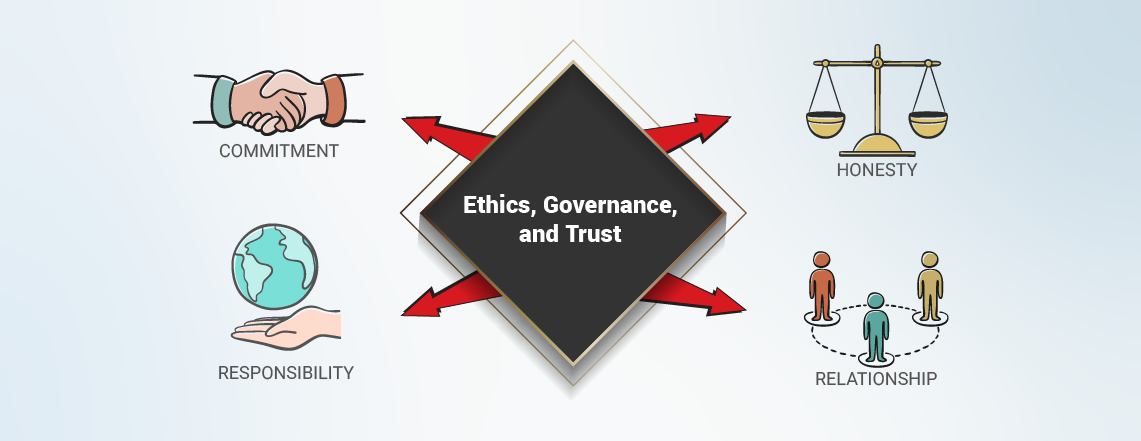
As more complex and sensitive tasks are being entrusted to AI, there will be an increasing emphasis on responsible AI, transparency, bias mitigation, and legal compliance, including the GDPR and HIPAA. Enterprises will demand tools with built-in explicability and non-negotiable guarantees of data privacy.
6. Operational Maturity (GenOps)
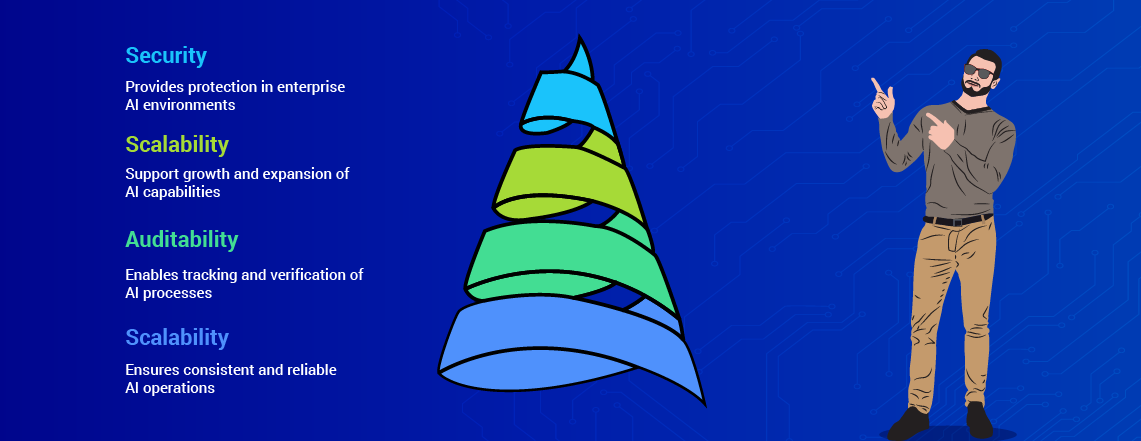
LLMOps/GenOps will be the de facto infrastructure variant for leading-edge organizations to manage, monitor, and govern AI throughout its entire life cycle. Its standard performance, auditability, and scalability provide security in enterprise environments.
7. Expanding Use Cases
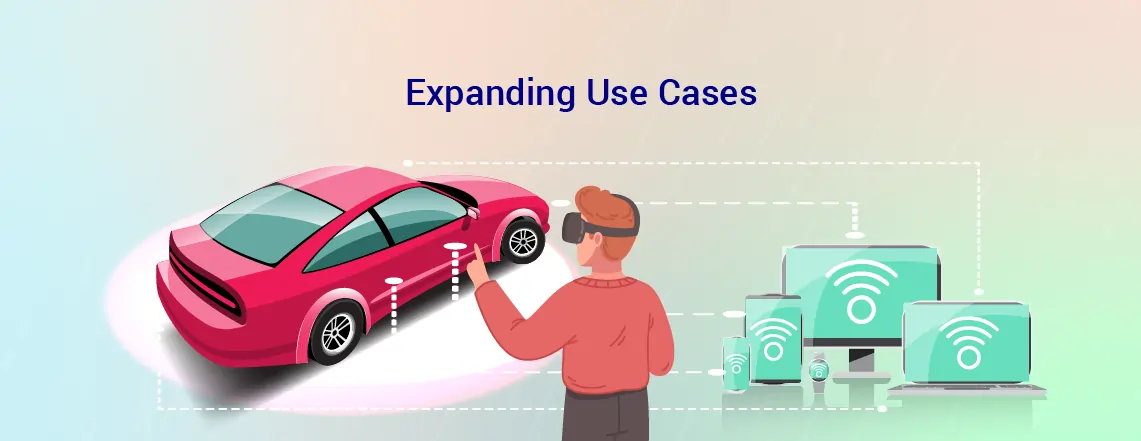
From IoT ecosystems, generative AI response engines will find their way into the conversational control of smart homes, cars, and factories, as well as immersive learning, gaming, and virtual shopping in AR/VR. Industry-specific assistants will also emerge to deal with highly specialized queries.
8. Sustainability and Efficiency

While AI has recently come under scrutiny for its energy use, there is a corresponding growth in sustainable AI. Small-sized models, new optimization methods for training, and ultimately their deployment on edge devices will hold their cost and cut carbon footprints, democratizing superior forms of AI across the globe.
Conclusion
AI response generators have evolved significantly from chatbots and pre-written replies. They have become a critical axis in revolutionizing the way businesses, institutions, and individuals communicate in today’s modern digital world. Powered by cutting-edge technologies such as NLP, deep learning, sentiment analysis, and Retrieval-Augmented Generation, current systems are contextually aware, tone-sensitive, and enterprise data-integrated. This makes them proactive enablers of productive dialogue rather than reactionary tools.
From any angle you look at it, the business benefits are becoming increasingly evident: speedier response times, reduced operating costs, consistent branding voice, and scalable global customer support. More subtly, AI response generators help build customer confidence and loyalty through increasingly personalized, empathetic, and accurate responses- attributes hitherto deemed the sole province of human agents.
The next frontier will usher in even greater capabilities. There is an emerging era of autonomous, agentic AI that will handle tasks independently of human intervention, featuring multimodal intelligence that integrates text, voice, images, and video, as well as smaller, specialized models that yield industry-grade accuracy and efficiency. Businesses also need to build responsible AI in those dimensions of transparency, fairness, and privacy compliance.
It follows that the appropriate AI response generator will not be a mere tool but a strategic partner in growth. Investment will be made, balancing accuracy, customization, cost, and scalability, to achieve the desired level of efficiency and customer engagement. Between 2025 and 2030, no technology that might be considered a competitive advantage should be deemed optional.
AI response generators communicate faster, smarter, and more effectively; the future lies in ethical, sustainable, human-like communication that will propel businesses toward a digital landscape of enhanced customer experiences and continuous innovation.


Leave A Comment